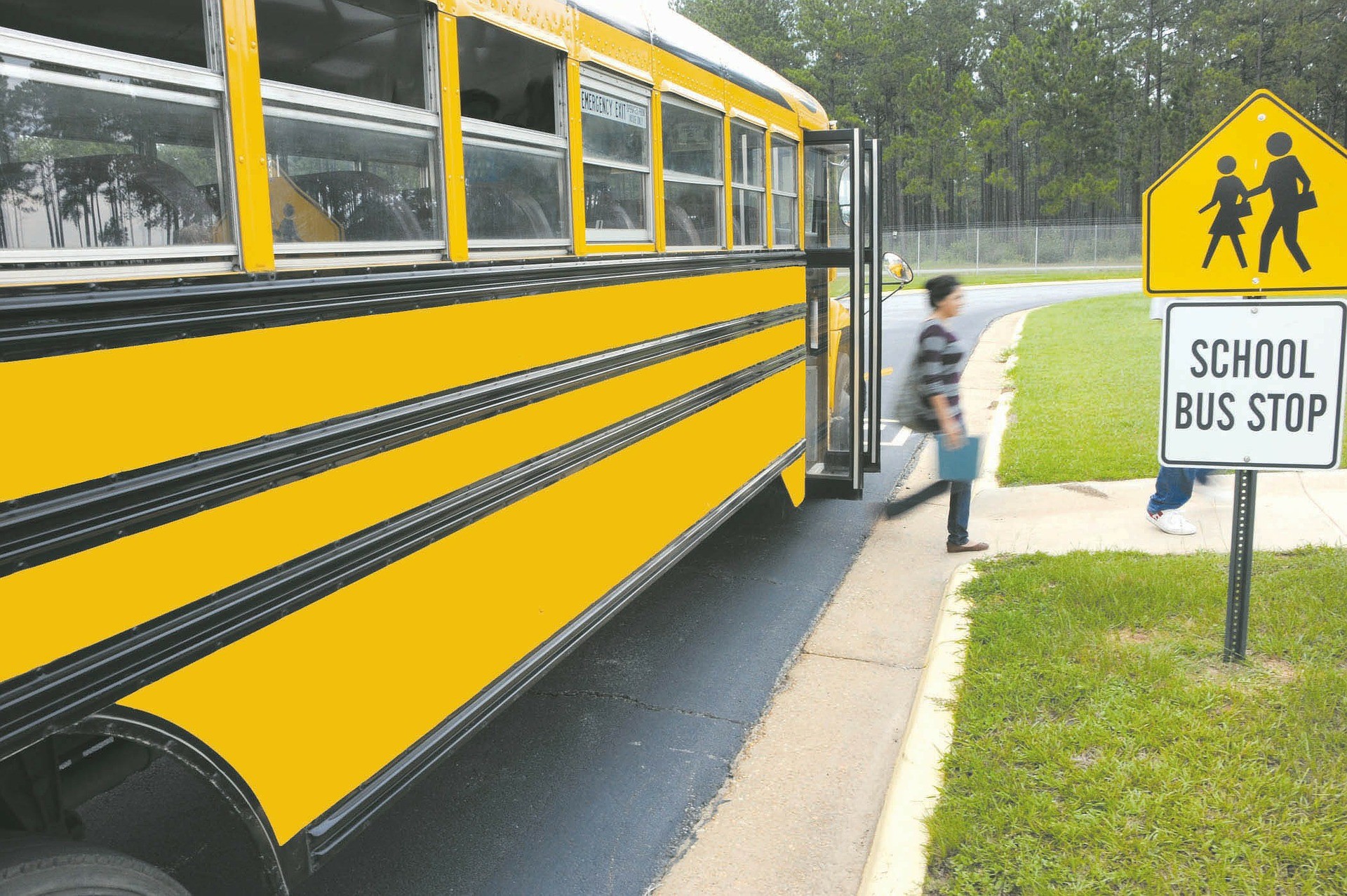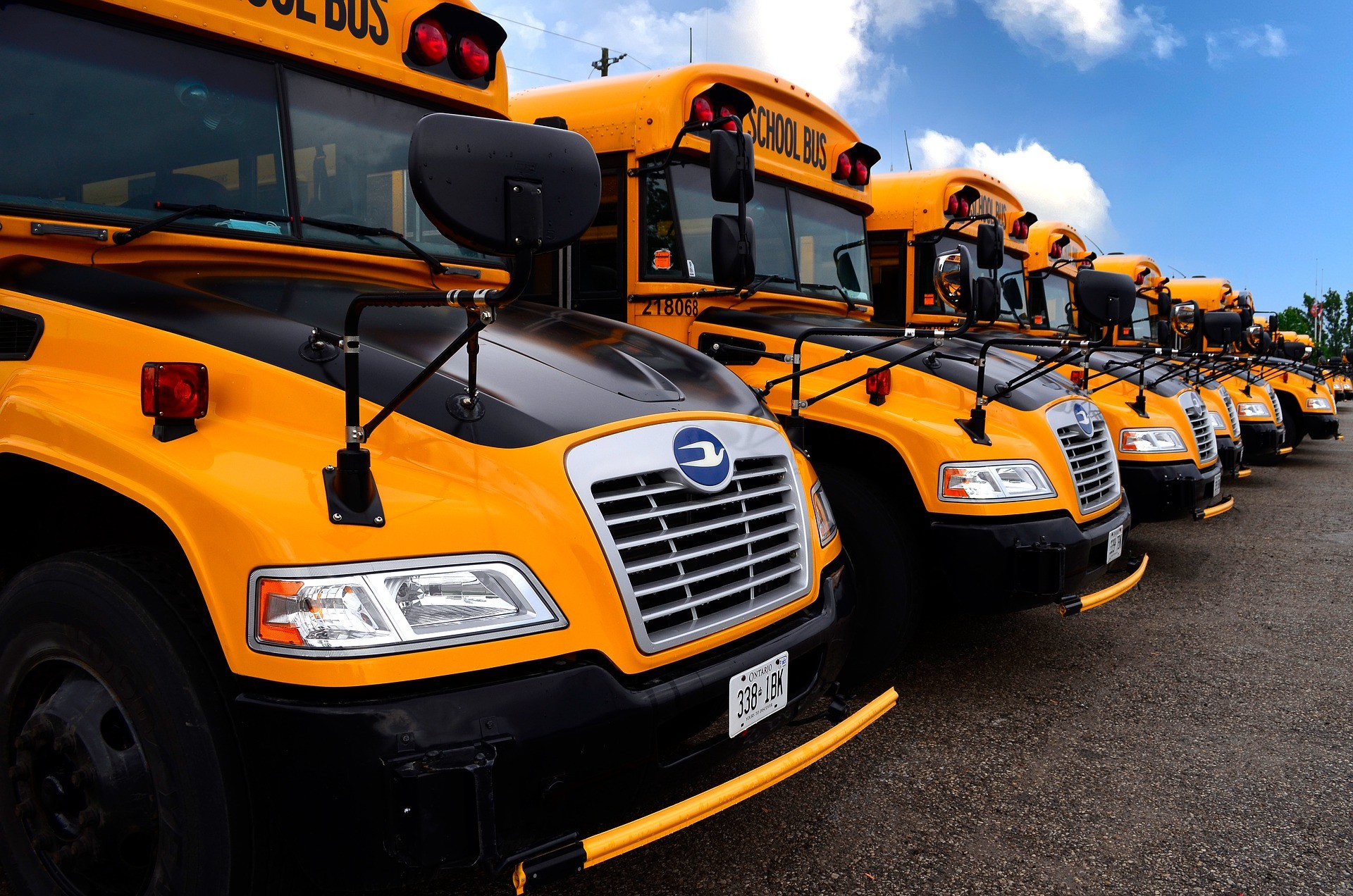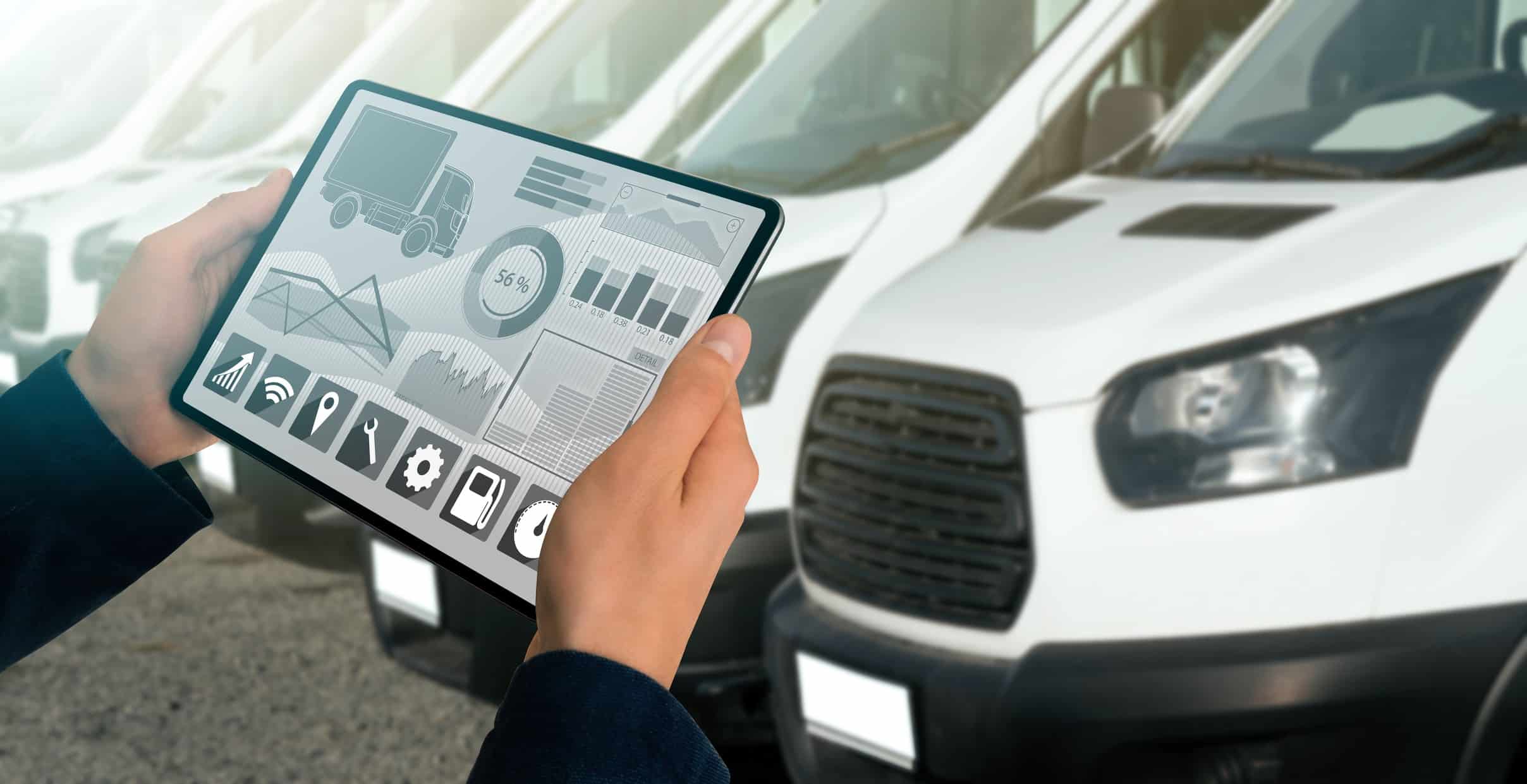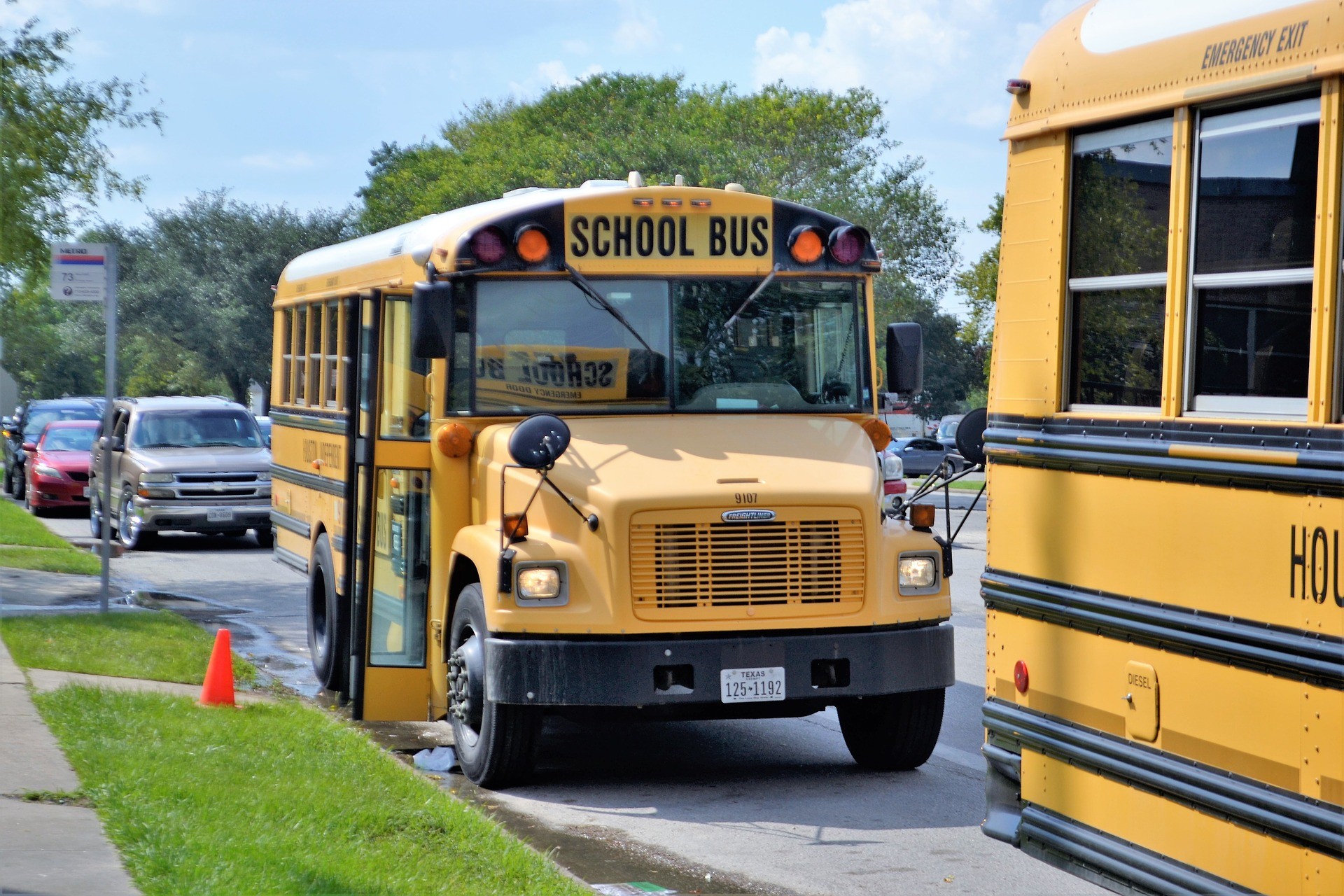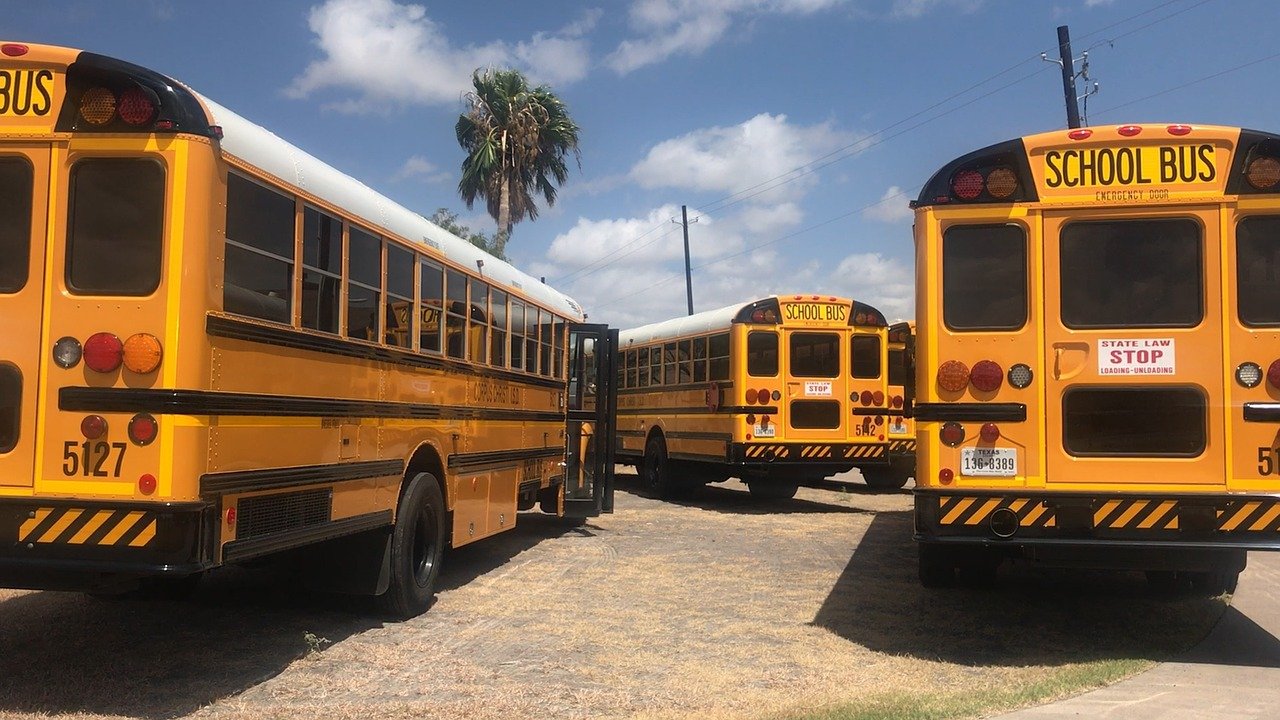In the most general terms, telematics is the fusion of telecommunications (e.g. phone lines and cables) and informatics (computers) to create a holistic overview of one’s enterprise. Most often, telematics solutions are applied to commercial fleets, automating and leveraging the collection of GPS data across any number of assets.
While certainly not a new industry, the telematics field stands at the precipice of massive growth opportunities. The following is GoFleet’s primer guide on telematics; we’ll show you how it works, the types of data sets that are collected, and how to harness the power of telematics to increase your productivity and profitability.
How did telematics start?
The digital science of merging telecommunications channels with information technology (or informatics) began In the 1960s, when The Department of Defense in the U.S. developed GPS — the Global Positioning System. GPS was created specifically to trace the movement of their domestic military assets and improve internal communications.
As the internet expanded, more telecommunications networks went up, transferring data in real-time and enabling information to travel remotely, automating the capture of detailed data for a variety of purposes. Telematics was also made possible due to technological breakthroughs in machine-to-machine communication (M2M) — highly intelligent computer devices that gather and analyze mass data to manage real-world systems.
Today, vehicle telematics integrates wireless communications, GPS navigation, third-party software platforms, hands-free cell phones, automatic driving assistance systems and message encryption. Telematics systems can report on a vehicle’s speed, idling, tire pressure, driver habits, engine fault codes, collision detection and much more.
Added to the tracking device hardware, GoFleet’s software platform, AI algorithms and other patented knowledge allows for accuracy, quality and protection of GPS and other data transference. Known as ‘curve-logging’, this allows our software to discard unnecessary information, while preserving and logging the most useful vehicle maintenance data.
How telematics works
With regards to fleet tracking, vehicles equipped with Vehicle Tracking Devices; small, durable black boxes that provide superior GPS and asset tracking technology. These telematics devices often plug into an OBD II or CAN-BUS port in the vehicle. Paired with a SIM-card and on board modem, the units enable constant communication across all cellular networks.
The asset tracking, vehicle information recording, and communications transmission devices involved in telematics logging include the following key components:
- GPS receiver
- Engine interface
- SIM card
- Accelerometer
- Buzzer or other audio messaging
- Interface for input/output (expander port)
The devices then retrieve and record an enormous amount of data generated by a vehicle, and transmit that data through cloud technology, providing fleet towners with dashboard reports and command-centre visibility into their operations.
Since telematics devices connect to a vehicle’s sensors and hardware, the type of data they process and analyze includes:
- Real-time GPS positioning
- G-force and vehicle speed, measured by a built-in accelerometer
- Trip distance, routing and time
- Idling time records
- Fuel consumption
- Harsh braking, hard cornering, rapid acceleration and other bad driving habits
- Seat belt usage
- Vehicle faults, engine light information and other engine data
- Battery voltage and vehicle temperature
- Service reminders and other vehicle maintenance warnings
All of that data is captured, encoded and then transmitted through fleet management software. It is then decoded for authorized, preprogrammed users, allowing for secure transmission of actionable data to IP addresses or cell phones.
This provides the command-centre data needed for generating, viewing and exporting dashboard reports. Business intelligence insights can even create driver scorecards — identifying safe drivers, speeding incidents, or opportunities for scheduled maintenance.
Telematics in fleet management
Telematics has become an essential tool for commercial and government fleet management. In addition to tracking major assets across the globe using GPS, advances in machine learning and data analytics mean improved fleet performance and productivity. Fleets can even use benchmarking measures to compare safety, fuel consumption or other standards against similar fleets.
One indispensable feature of telematics in fleet management is the creation of advanced analytic comparisons. This provides fleet managers with hard data that can be used to identify optimal travel routes, deter theft and protect assets.
Though telematics data can be stored and sent from closed-vehicle systems, most often a fleet’s telematic technology is shared through open platforms via proprietary software. This allows businesses to integrate other hardware, after-market accessories, and third-party apps for greater efficiency, expandability and insight into business operations, while retaining data privacy.
As telematic devices continue to improve, the most popular telematics integrations for fleet management currently include:
- Smart dashboard cameras
- Electronic logging devices (ELDs)
- Dispatching and route optimization apps
- Remote diagnostics
- Weather alerts
- Encrypted security features
- Other mobile safety sensors
In fact, vehicle security and identification sensors have improved so much that fleets can now authenticate a driver’s identity before they are able to start the vehicle.
Every day, more businesses, nonprofits and government agencies move toward the hard data and superior protection that telematics affords. According to Allied Market Research, the automotive telematics market was valued globally at $50.4 billion in 2018. By 2026, experts believe it will reach $320 billion.
The benefits of telematics are self-evident; they offer diagnostic tools that prolong the life of vehicles, warn of pending issues and identify areas of concern. Telematics contribute to ROI and savings so exponentially, Verizon recently wrote: “32% of fleets using fleet management technology achieved a positive ROI in less than a year,” sharing this and more data points in their 2021 Fleet Technology Trends Report.
Industries currently employing telematics for their fleet tracking include:
- Courier and delivery companies
- Food and beverage delivery fleets
- Transit fleets, such as motor coach or public transit such as taxis
- Field sales and mobile repair or maintenance services such as HVAC or landscaping
- Oil, gas, and mining industries
- Trucking logistics and transportation
- Construction companies
- Towing operations
- Utility companies
- Police, firefighters, EMTs and other first responders
- Public agencies and nonprofits
- Government fleets
- Commercial airlines
- Global delivery systems
- Waste management fleets
- Car rental and car leasing companies
- Ride sharing enterprises
The benefits of telematics for commercial fleets
The applications for telematics cannot be understated; it harnesses a rich ecosystem of information — from granular drivetrain details to post-collision reconstruction of driving events — ensuring the health of your vehicle and the safety of everyone on the road.
Safety tracking:
Fleet managers can use telematics to monitor the speed and location of their vehicles, as well as ensure that drivers employ good driving habits now and in the future. In the event of an accident, telematics can help identify who was at fault and what the road conditions were prior to the event, ensuring the safety of their drivers and preventing future incidents.
Maintenance:
By understanding the entire operational life cycle of their vehicles, including hours of service (HOS), warranty recovery and preventative maintenance scheduling, managers can find areas of improvement and identify problems before they occur.
Insurance:
Insurance companies can leverage telematics data to assess risk factors within a fleet and adjust premiums accordingly. Factors such as accidents, fuel consumption and engine wear can all determine — and possibly lower — insurance rates for your fleet.
GoFleet telematics support
GoFleet and our trusted partners have identified seven key areas where fleet management receives the greatest direct advantage from telematics support:
- Improved Productivity: Using real-time GPS tracking and automatic trip reporting, fleets can greatly improve dispatching, routing, ETA notification and customer service.
- Increased Safety: In-vehicle driver coaching alerts to drowsiness or other risky driver behaviours; collision reconstruction and theft location notifications help protect your assets.
- Optimization of Fleets: Streamlining vehicle servicing with predictive maintenance and remote diagnostics improves fuel management, driver habits and vehicle integrity.
- Fleet Compliance: Automates FTA reporting, inspections and compliance logging.
- Platform Integration: Makes sure all your mobile asset apps and equipment communicate seamlessly, integrating camera, sensors, CRM technology and more.
- Adaptable Sustainability: Reduces the environmental impact of carbon emissions, adapts to emerging power sources, and analyzes the cost effectiveness of electric vehicles.
- Insurance Premiums: Because fleets can now share their safety compliance data as proof with insurance companies, risk assessments often generate lower premium costs.
The future of telematics
As GPS tracking systems and M2M technologies advance, the Internet of Things (IoT) continues to grow; every advance made brings us closer to the edge of a telematics revolution. From enhanced collection and capture of intelligence data to performance benchmarking and reporting for fleet optimization, the future of telematics is bright. Contact your GoFleet consultant to discuss how telematics can bring tomorrow’s technology to your fleet, today.

